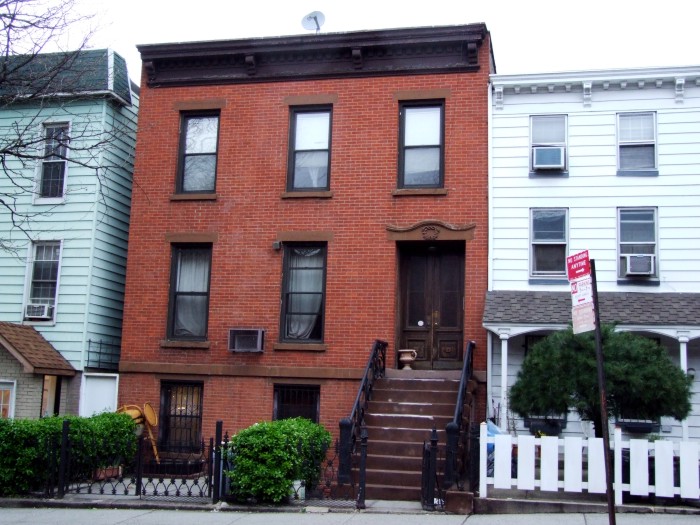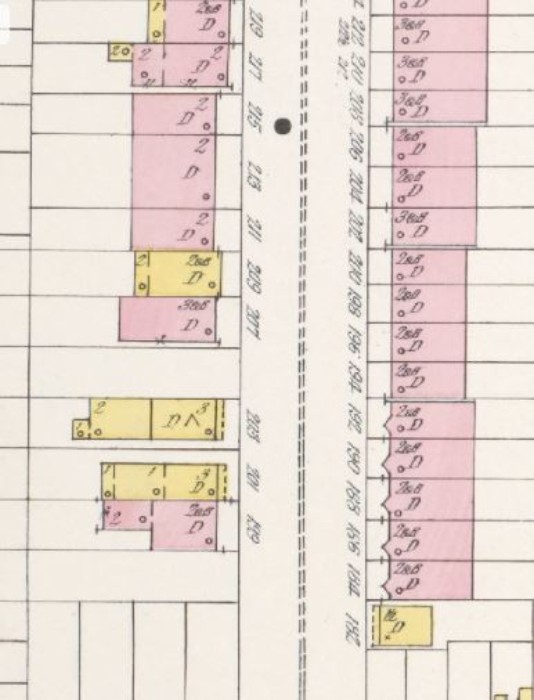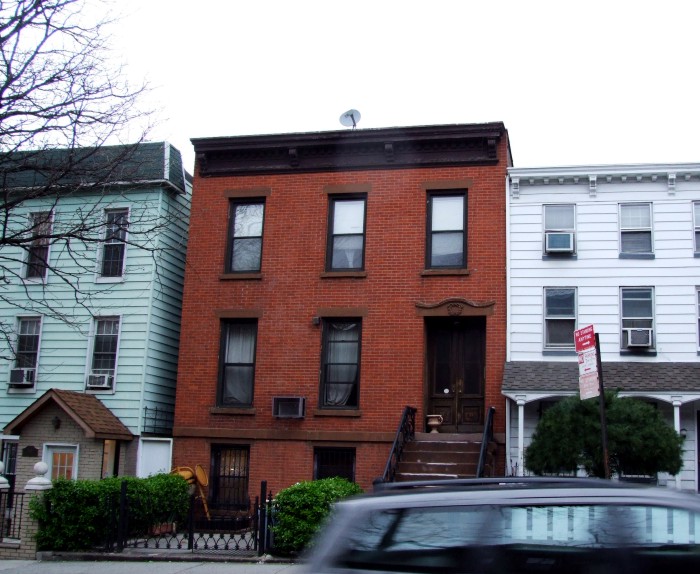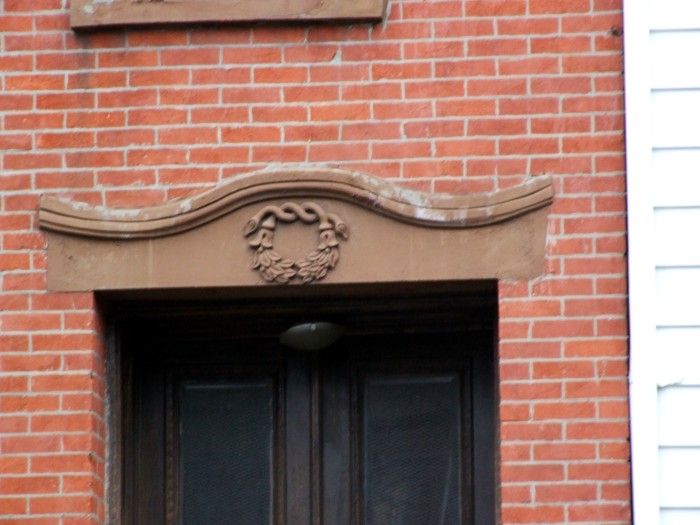Building of the Day: 199 17th Street
Brooklyn, one building at a time. Name: Semi-detached row house Address: 199 17th Street Cross Streets: 4th and 5th Avenues Neighborhood: South Slope Year Built: Before 1880 Architectural Style: Simplified Italianate Architect: Unknown Landmarked: No The story: When Brooklyn developed, it wasn’t always in solid waves, with housing spreading out like Lego blocks across the map. Some areas…


Brooklyn, one building at a time.
Name: Semi-detached row house
Address: 199 17th Street
Cross Streets: 4th and 5th Avenues
Neighborhood: South Slope
Year Built: Before 1880
Architectural Style: Simplified Italianate
Architect: Unknown
Landmarked: No
The story: When Brooklyn developed, it wasn’t always in solid waves, with housing spreading out like Lego blocks across the map. Some areas were farms that were slowly subdivided into lots. Some neighborhoods grew as towns, like Bedford; a crossroads that slowly grew to be much more down the road. Other towns grew totally off the standard rectangular street grid, like Weeksville.The streets that make up the South Slope had an interesting path to development. Houses here were built in fits and starts. Some of the land was farmland, although not particularly good farmland, it was hilly and rocky, the legacy of glacial activity.
The street grid was established well before the Civil War, but insurance maps don’t show a whole lot going on here until after the war. Some parts of the neighborhood had a reputation as a dumping ground, where one could conveniently get rid of all kinds of things, including an occasional body. For many years these blocks were just scruffy fields. Then as Green-Wood Cemetery grew in size and popularity as a tourist destination, and Park Slope began to flourish, this area began to be developed, as well.
This house was here in 1880, as was the attached frame house next door. The rest of the block was dotted in with frame houses. By 1888, the entire block on both sides had filled in, mostly with masonry row houses, especially across the street, as well as a few remaining wood frames. There was nothing in the lot to the left, or the rest of the lots going to 4th Ave.
This house looks deceptively small from the street. It’s two stories and a basement level; a 22 foot wide house on a 25 foot lot. But behind the façade lies a 53 foot deep house, thanks to an extension. The brick house is in a simplified Italianate style, probably built without an architect, in an individual vernacular style. Plain brownstone lintels and sills and a decorative band below the parlor windows make the house simple, but elegant. The slightly curved lintel above the front door has an interesting wreath with entwined serpents and foliage. Most of the lintel is recessed into the brick. Only the curved hood extends beyond the house.
A man named Thomas Scott lived here with his family, at least between 1887 and 1900. In 1887, he accused his maid, Lizzie McCarthy, of stealing two five-dollar bills out of his wife’s purse. She told the judge the whole family was crazy. In 1900, Scott bid on a contract to supply coal to a nearby precinct, so he must have been in the coal business. Everyone else who ever lived here, before or since, managed to keep out of the newspapers.
(Photo: S.Spellen)
GMAP












What's Your Take? Leave a Comment